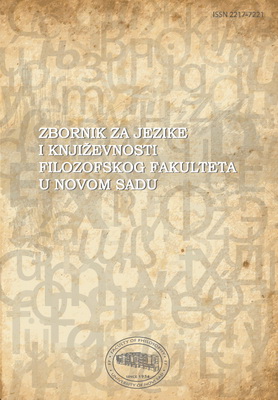POSTMODERN LANDSCAPES IN SLAUGHTERHOUSE-FIVE
POSTMODERN LANDSCAPES IN SLAUGHTERHOUSE-FIVE
Author(s): Marija KačavendićSubject(s): Studies of Literature
Published by: Филозофски факултет, Универзитет у Новом Саду
Keywords: Slaughterhouse-Five; postmodernism; reality; history; war; fiction;
Summary/Abstract: Slaughterhouse-Five is a very complex postmodern novel which, on the surface, aims to tell the story of the firebombing of Dresden; however, the novel should be seen as much more than a novel about history. Asserting itself as history and therefore, reality, while at the same time saying that it is not completely so, is what Linda Hutcheon named historiograph¬ic metafiction. The presentation and the idea of reality and metafiction are probably the most important notions of the novel. War creates chaos, and the narration is chaotic; Vonnegut makes parallels between World War II and the Vietnam War through time-travel. By jumping from one timeline to the other, from one war to another, the author creats a non-linear narrative. Rather than trying to make sense of the chaos, Vonnegut embraces it and portrays the brokenness of the world. While he deconstructs the established notions of traditional storytelling, he manages to find an “American voice” which is able to tell a story of the American society.
Journal: Zbornik za jezike i književnosti Filozofskog fakulteta u Novom Sadu
- Issue Year: 4/2014
- Issue No: 4
- Page Range: 201-211
- Page Count: 10
- Language: English

